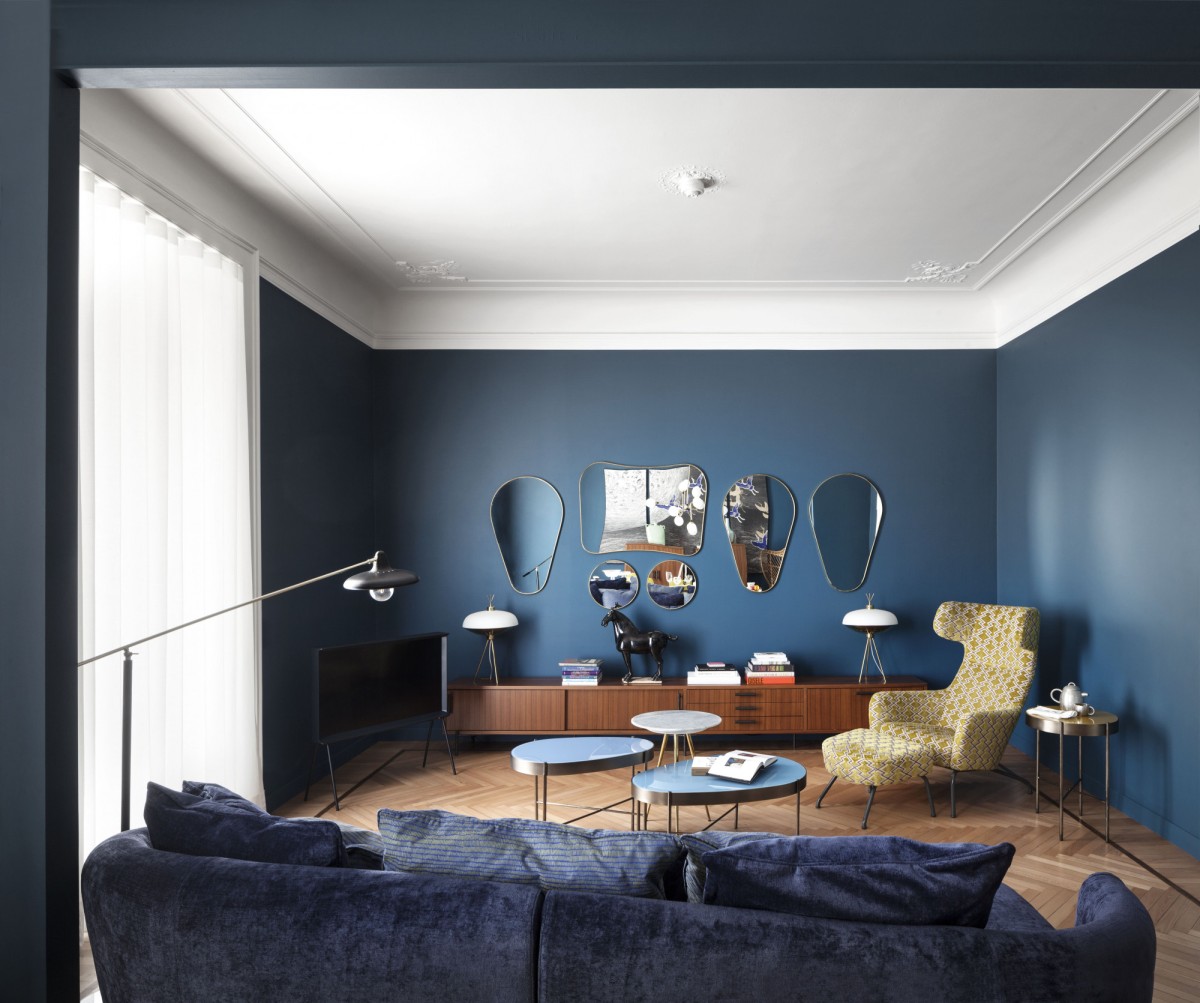
What’s the secret to selling your house quickly for the maximum price? It's called home staging, and it’s fast catching on in Italy.
Home staging: selling fast means selling better
This is proved by the data collected by the two Italian trade associations that bring together real estate development professionals. A survey carried out by the National Association of Home Staging Lovers and the Association of Home Staging Professionals in Italy, shows that when you set up the property especially for the purpose of selling it you can find a buyer on average in 49.9 days, over 4 times faster than the Italian average of 7.2 months as surveyed by the Bank of Italy. The total figure for post-home staging sales reached 91.6%.
The time factor is fundamental to getting a good deal when your sell your property, as the president of Home Staging Lovers, Fosca de Luca, explains: "In a bear market (where prices are falling), it is important to reduce the sales time because selling first means selling at a higher price.”
The data collected by trade associations underline this fact: the average post-home staging discount is 5.6%, compared with 10.5% for the Italian average, also measured by Bankitalia. "And also for long-term rentals,” says de Luca, “our members have annual rental incomes 10% higher than the market and an average rental time of 10 days. Moreover, home staging is a valid tool to enhance properties aimed at short-term tourist lets, which are placed on the market with a higher rental price of 20% and register an increase in the average occupancy rate of 30%.”
The work of the home stager: what they do and how it works
"These data all confirm the validity of the work that Italian home stagers do, and they are increasingly recognised as key figures in the real estate market both by professionals and by the public, which now understands how the investment in home staging is immediately repaid," says the president of Home Staging Lovers. Until a few years ago, in fact, the figure of the home stager was little known in Italy. They are a professional who combines different skills – interior design, decoration, photography and real estate marketing – to prepare homes for sale or to rent. It’s not a renovation, but a temporary makeover based on colours, furnishings, decorative elements and lighting, completed by a photo shoot, designed to attract the right target of buyers.
"It's a job in which we don't improvise,” de Luca emphasises, “and that's why we focus a lot on training for our members, always in step with the development of the market". Over the past year, Home Staging Lovers has seen a 53% increase in the number of members throughout Italy; in the first months of 2019 it has expanded its offer of home staging training courses, which is compulsory and free for members and also open to non-members, thereby representing a valid way into this profession. Courses and workshops they have put on in the first half of the year have included, for example, appointments focused on communication, time management and Instagram, a tool that has become indispensable for selling property and where a house must be presented with a carefully designed image to stand out among so many options.
Home staging in Italy
The survey carried out by trade associations also shows that the home staging phenomenon is present in all of Italy, from large cities to small towns. In fact, 61% of home staging work for selling houses in Italy is concentrated in Lazio (23%), Emilia Romagna (21%) and Lombardy (17%). This is followed by Veneto and Sardinia (7% each), Tuscany (6%), Umbria and Liguria (4%), Sicily and Piedmont-Valle d'Aosta (3%).
In terms of home staging for long-term rentals in Italy, Lazio leads the ranking with 31%, followed by Lombardy (20%), Piedmont-Valle d'Aosta and Emilia Romagna (9.5%), Sicily and Sardinia (6% each), Tuscany, Abruzzo-Molise and Marche (3% each).
For home staging to let holiday apartments, first place once again went to Lazio (19%), followed by Veneto (14%), Lombardy (12%), Sardinia, Emilia Romagna and Tuscany (9.5% each), Sicily, Umbria and Piedmont-Valle d'Aosta (5%).